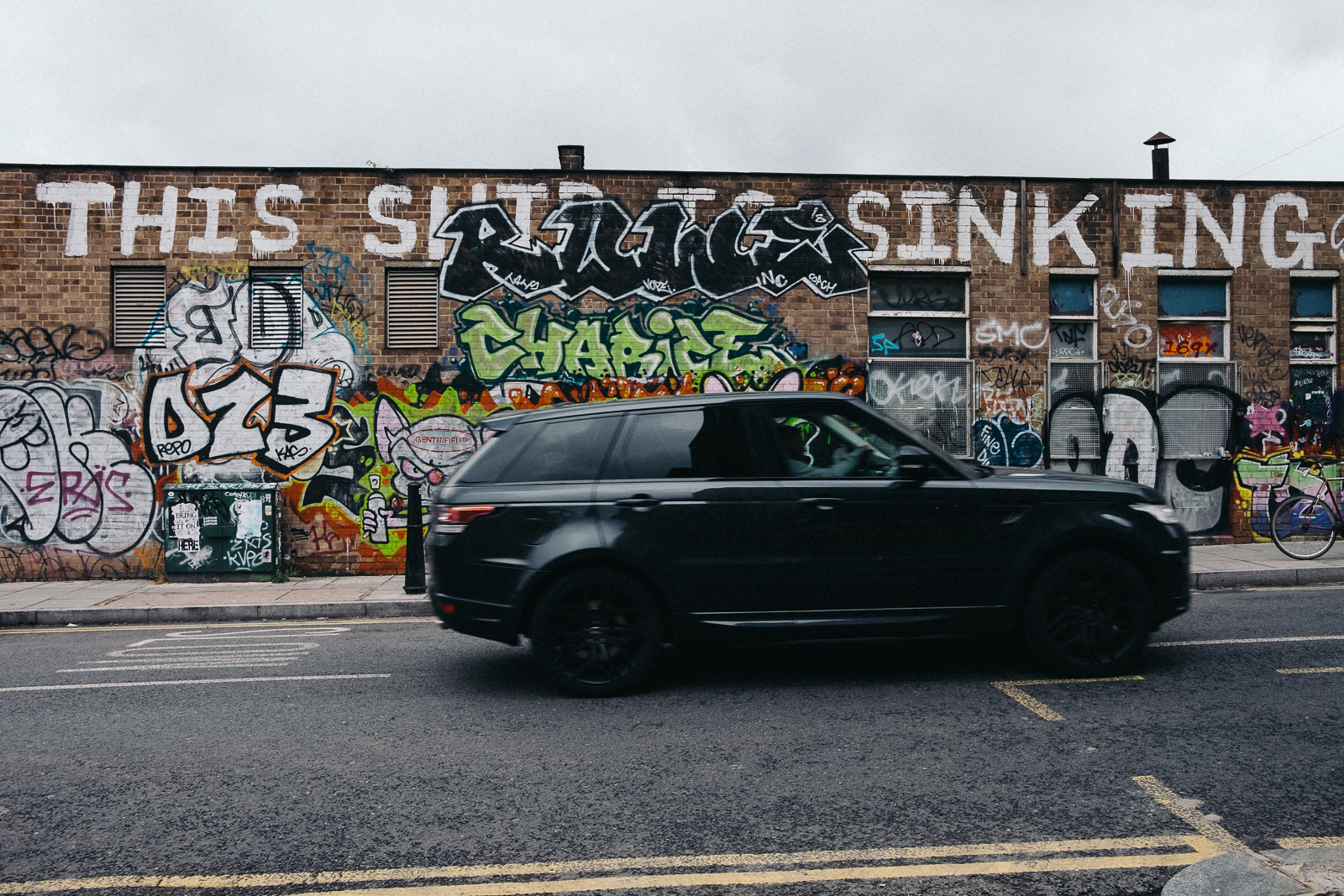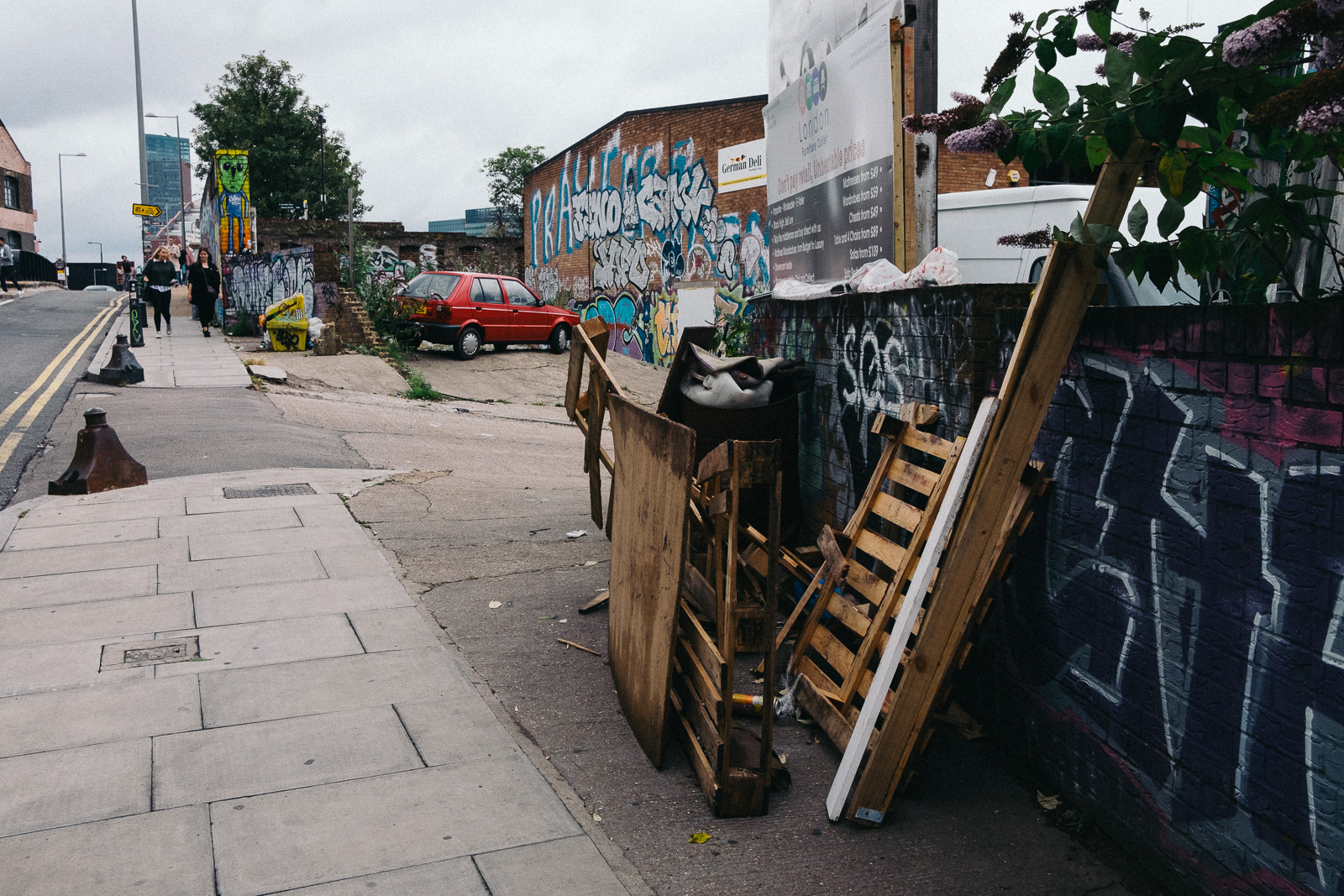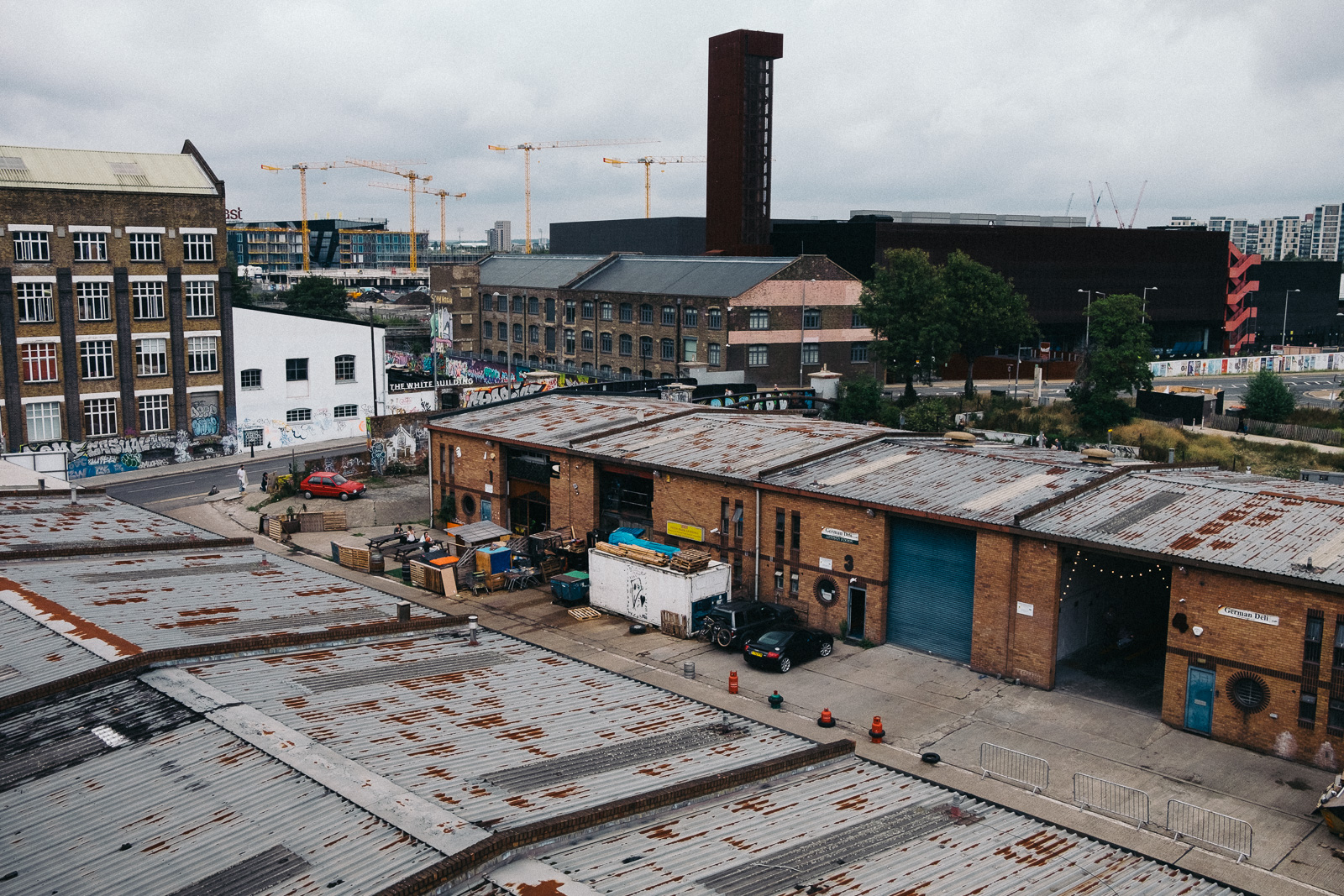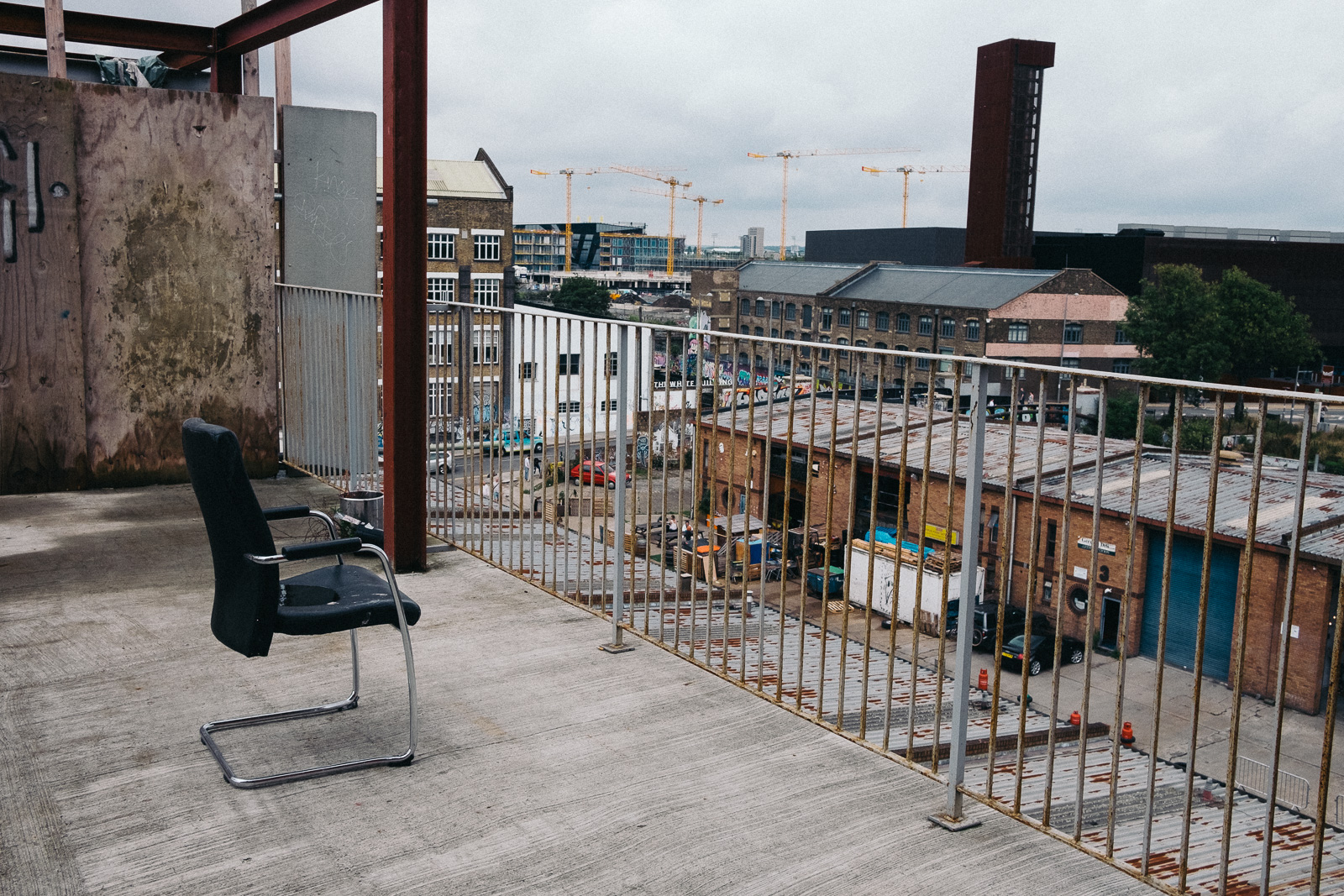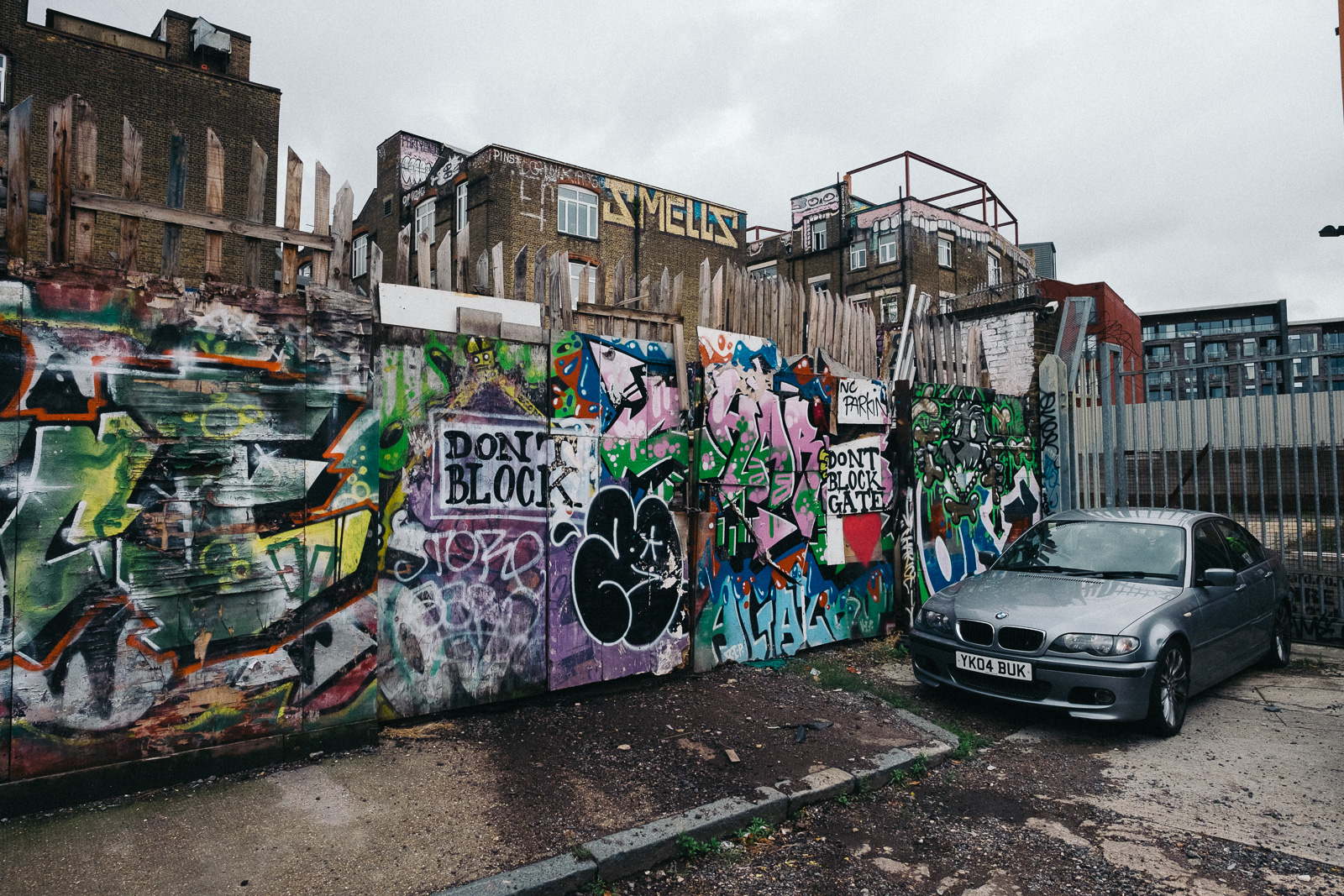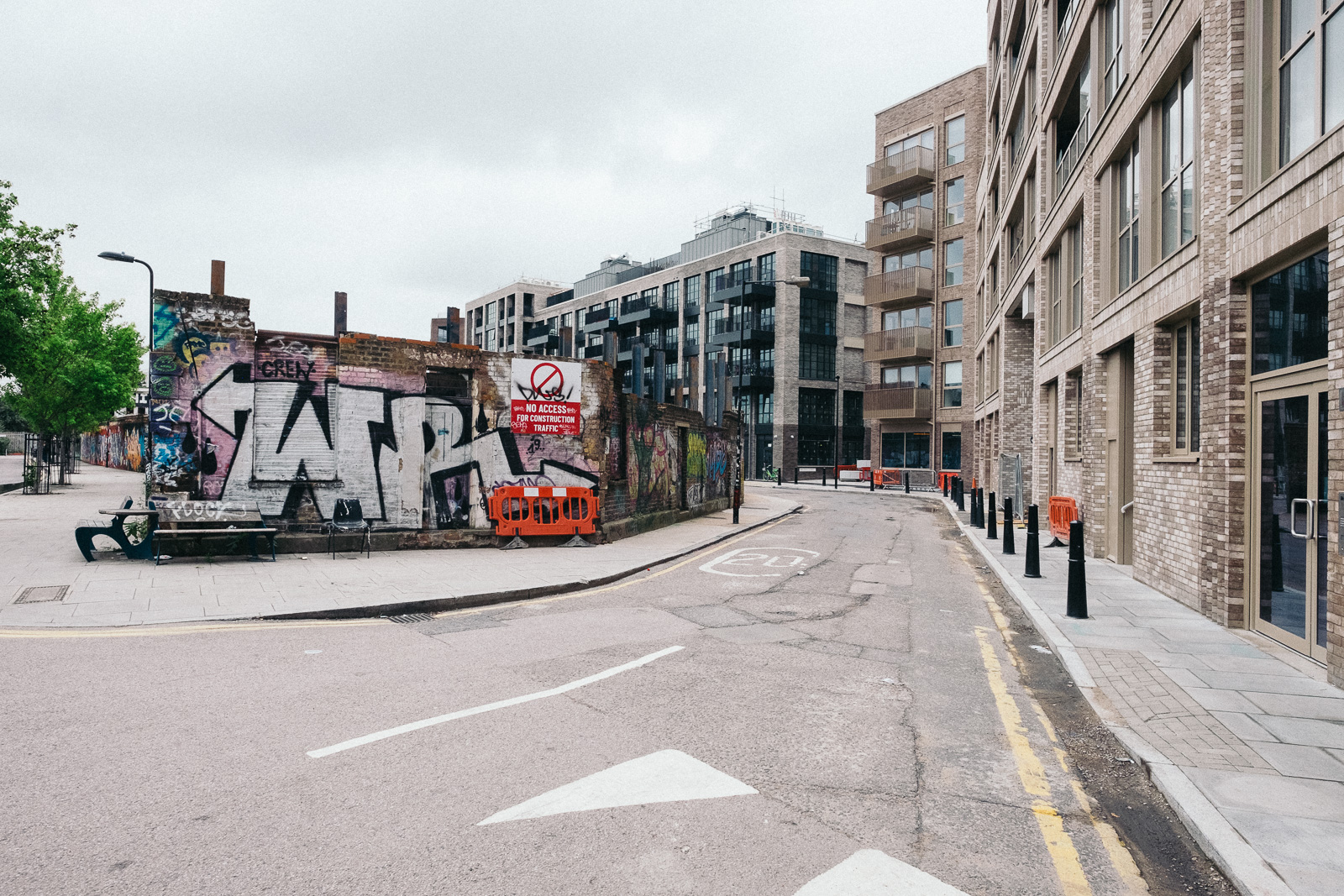Hackney Wick
Hemmed in by the busy A12 dual carriageway to the north and west, and by the River Lee navigation to the south and east, Hackney Wick feels like an island: a strange and unique place, cut off from the rest of the city, a haven for artists and craftspeople.
Gentrification stops for no one, though. What did for it was the Olympics: the games pumped in billions of pounds worth of funding to regenerate the area, and the Wick – just twenty metres or so of canal away from the Olympic Park – was never going to survive unscathed.
And so, for now at least, it’s a strange mix of luxury flats, dilapidated artists’ studios, plant hire firms, warehouses, graffiti-covered walls, hipster pubs and Michelin-starred restaurants.
One of the most famous symbols of Hackney Wick is the former Lord Napier pub, which closed in 1995. It became a canvas for local graffiti artists to protest the gentrification of the Wick; much of its graffiti dates to one marathon 48-hour painting session led by artist Aida Wilde in 2016.
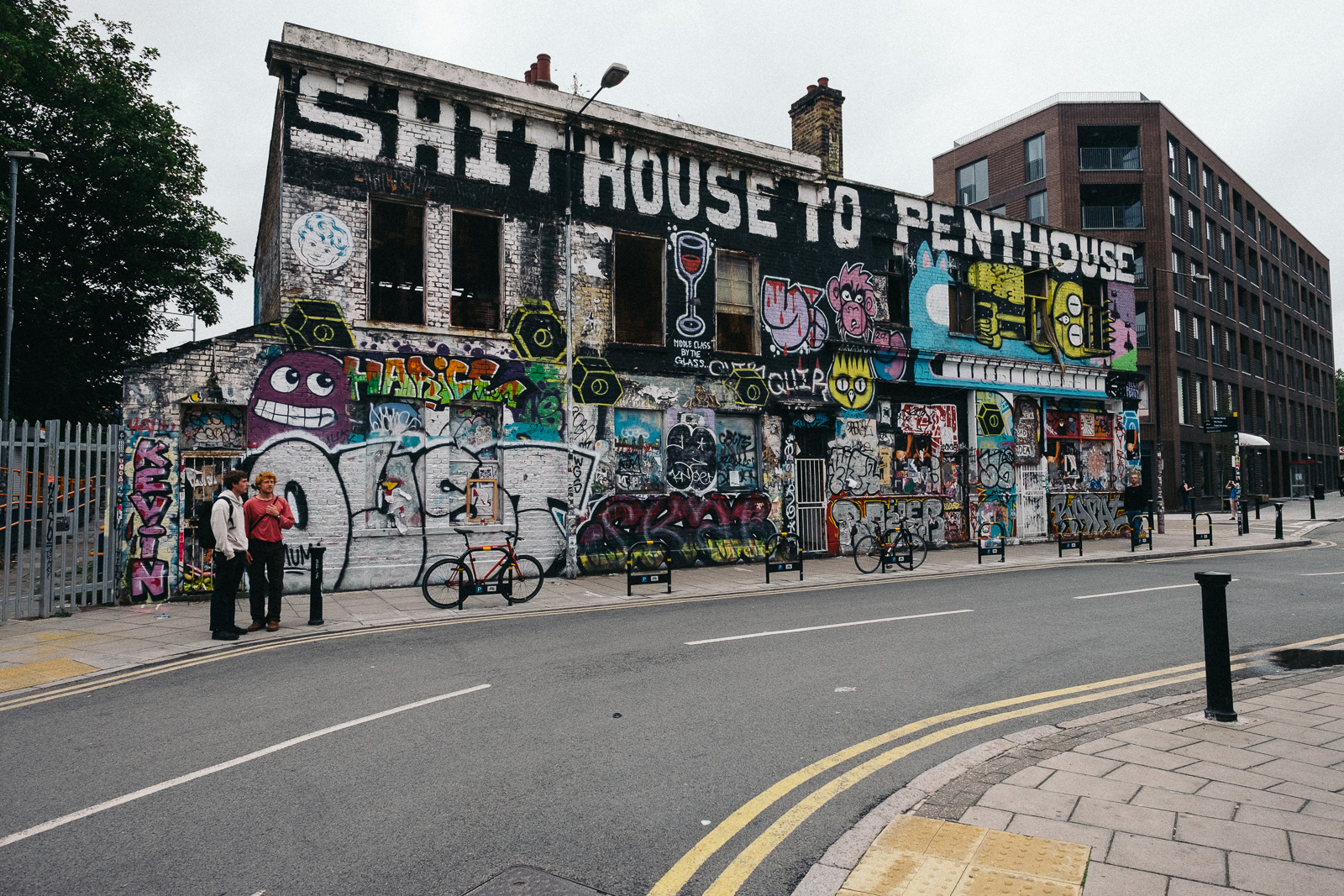
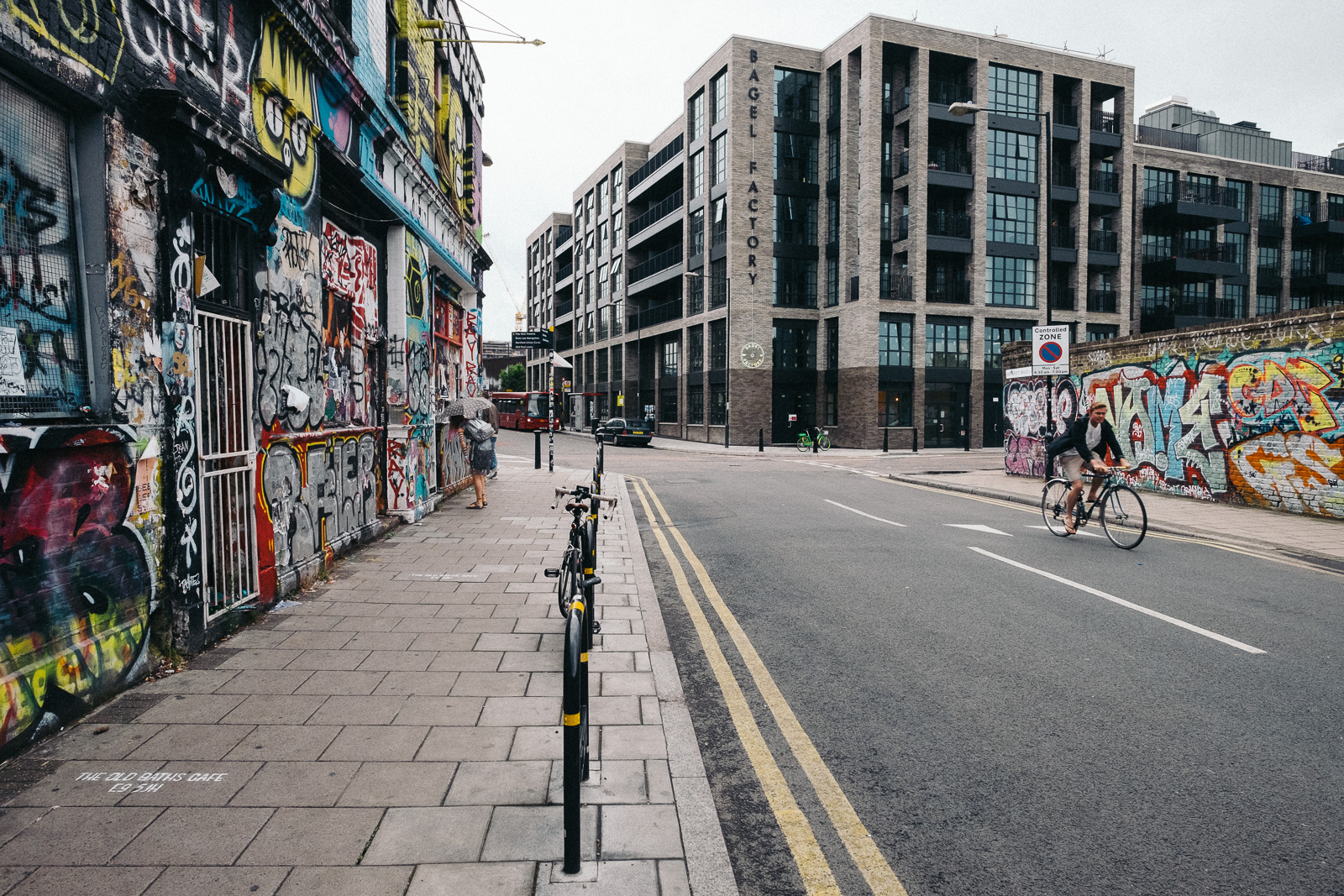
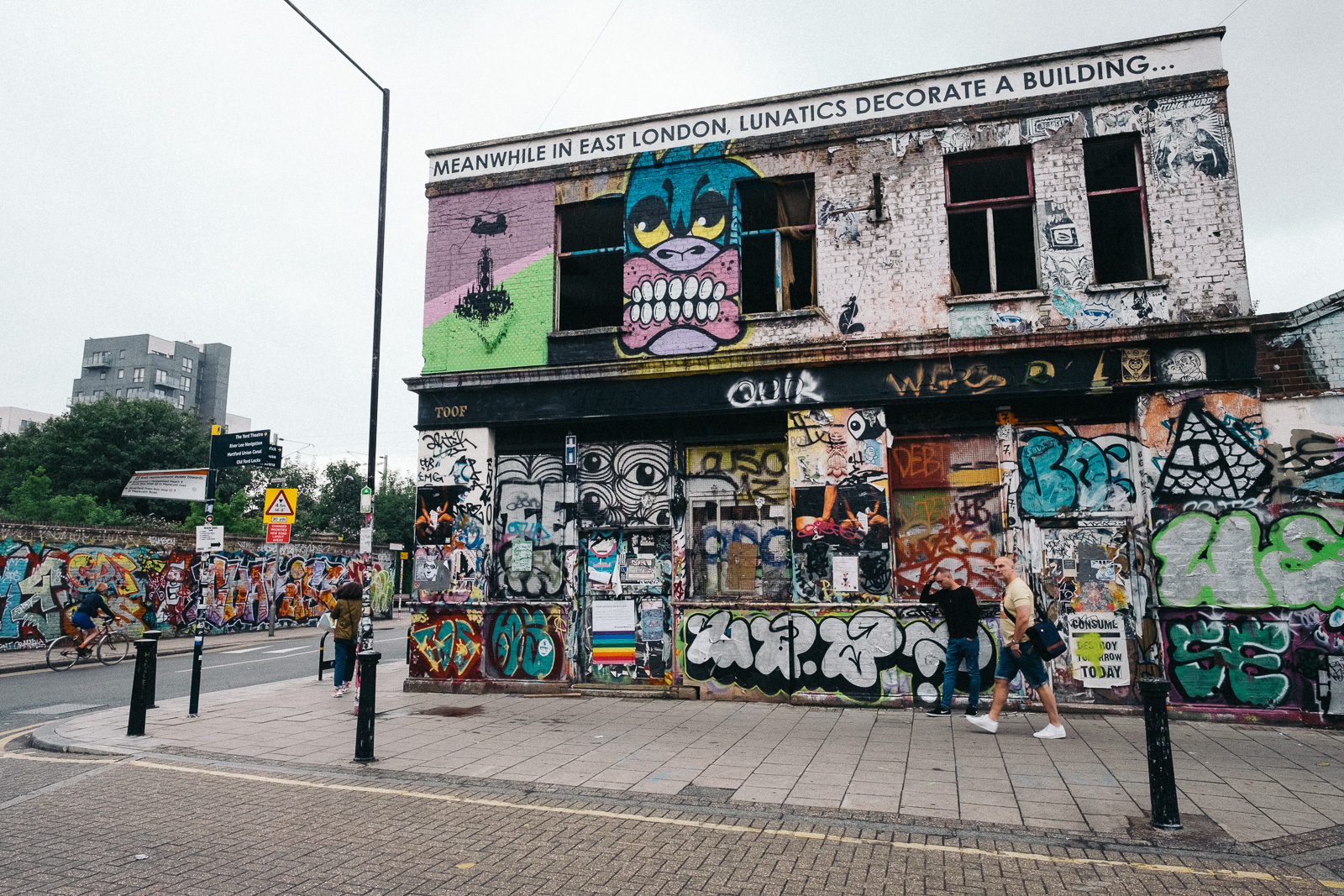
The Wick has been home to artists for years, but since the Olympic games there has been an emergence of more corporate-sponsored creativity.
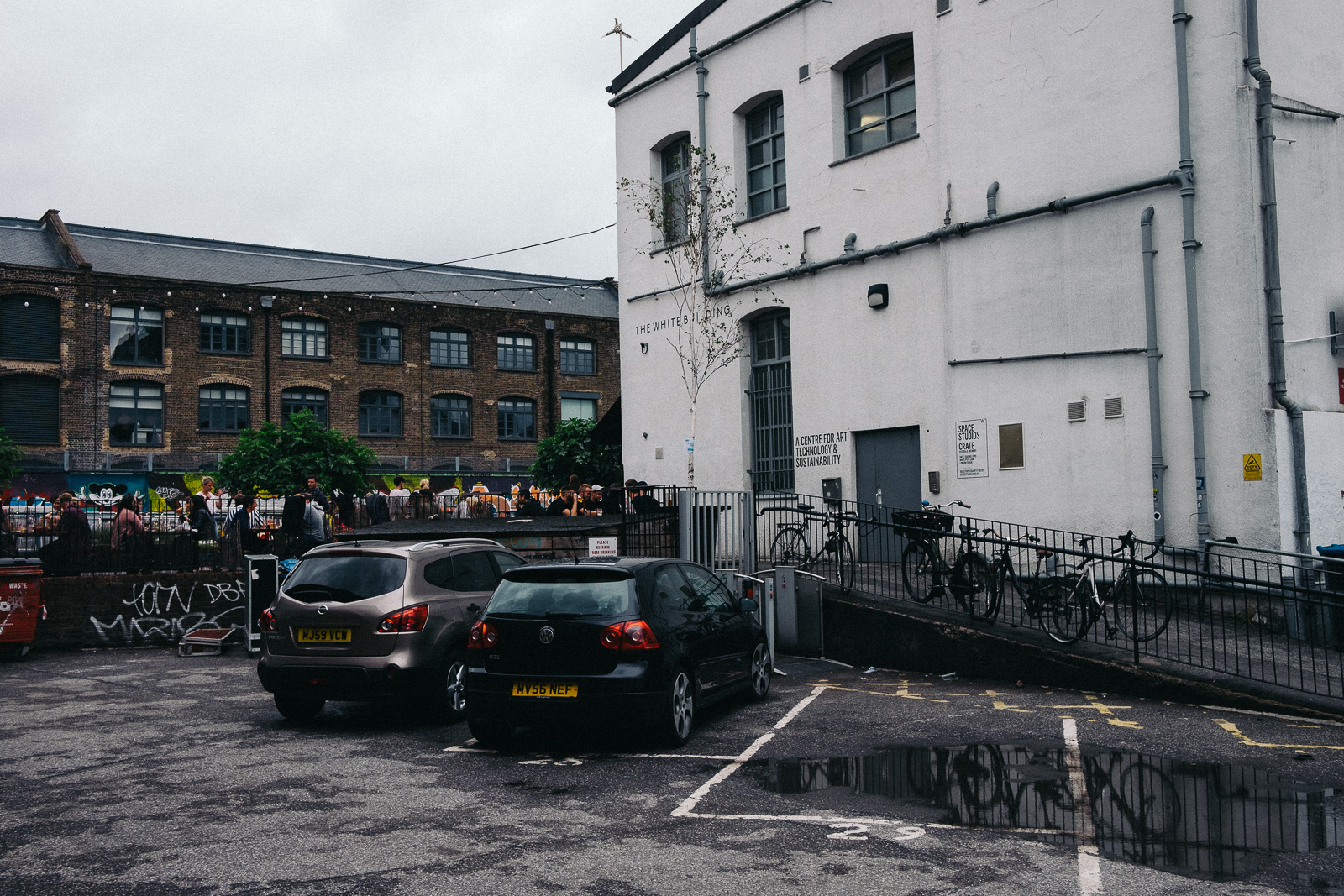
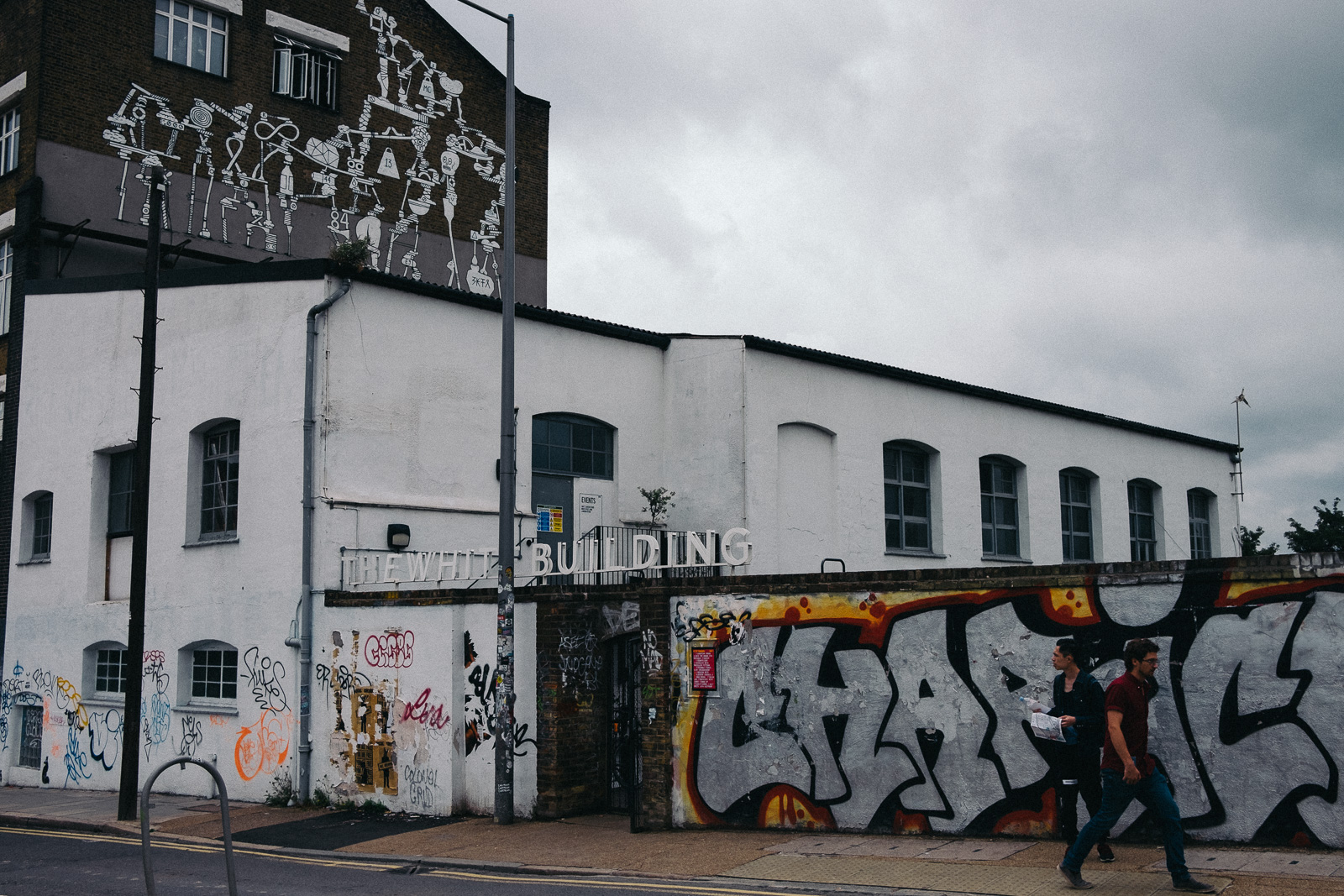
The Wick is still dominated by more organic graffiti, though.
